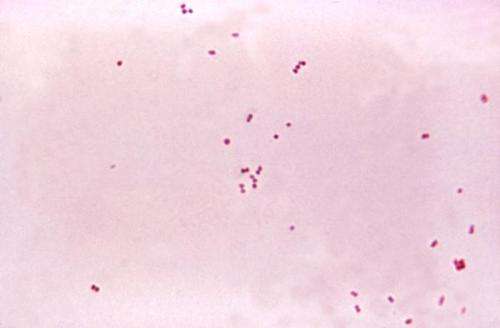
Getting the news your child, teenager or even their classmate or friend has meningitis can be an alarming experience. However, knowing more about the disease can help parents recognize the signs and symptoms as well as help differentiate between types of the disease.
Meningitis is an infection of the “meninges,” the fine membrane surrounding the brain and spinal cord. This infection is most commonly caused by either a bacterium or a virus. Although many people harbor various bacteria and viruses in their throat and nasal passages without ill effects, it is unknown why this infection sometimes becomes invasive and enters the bloodstream, making its way to the meninges.
Viral meningitis, in most cases, is much less serious than bacterial meningitis. It is more common in the summer months and is spread by hand-to-mouth contact. The majority of symptoms disappear within three to four days with no residual complications.
If you or a family member has been in contact with someone who is diagnosed with viral meningitis, do not panic but instead monitor for signs of the disease.
Bacterial meningitis is a much more serious infection and the need for early diagnosis and treatment is essential for the best outcomes. According to the Centers for Disease Control and Prevention, every year more than 2,000 people get bacterial meningitis, and about 500 of them die.
Meningitis symptoms
Symptoms for both forms of meningitis are a high fever, headache and stiff neck but may also include nausea, vomiting, discomfort looking into bright lights, confusion, hallucinations and seizures.While the germs that cause bacterial meningitis may be spread from person to person, they are not spread by casual contact or simply breathing the air where a person with meningitis has been.
The bacteria are spread through the exchange of respiratory and throat secretions through kissing and drinking from the same glass. Oftentimes, there is a real panic with bacterial meningitis. However, only those who have been in very close contact with the infected person are at risk.
If bacterial meningitis is suspected, the patient should seek care immediately. The diagnosis is generally confirmed through a lumbar puncture to test for bacteria. The patient is then treated with antibiotics.
If not treated early, the disease can result in death, and in many cases cause brain injuries, hearing loss, or learning disabilities.
Meningitis Vaccines
Vaccines to prevent against infections from Streptococcus pneumoniae, Haemophilus influenzae and Neisseria meningitidis are available. The first two are given in infancy as part of the regular vaccine series. The last, against Neisseria, is recommended by the CDC for all preteens and teens.
Source: Read Full Article
